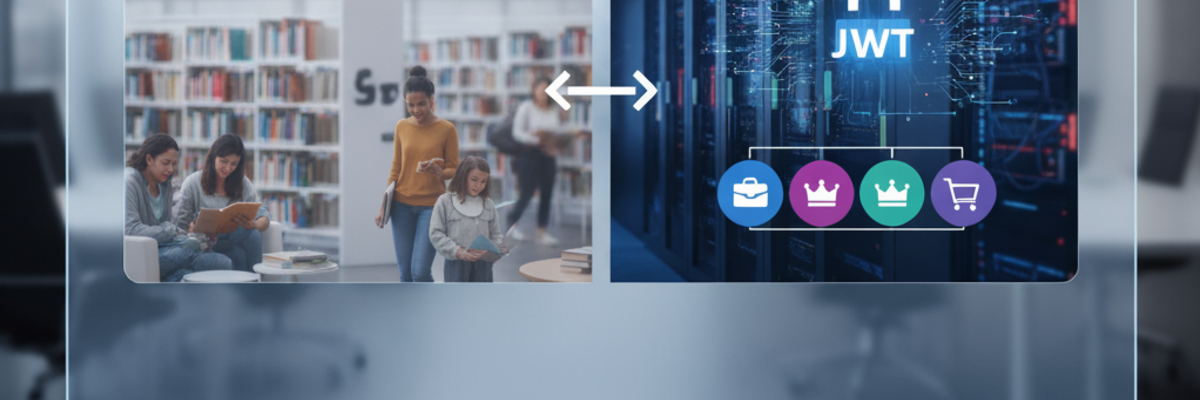1. accessibility and comprehensibility: the power of "plain language"
The ability to configure the chatbot to communicate in "plain language" is a huge benefit for accessibility and inclusion.
What does this mean?
- Comprehensibility for all: plain language uses shorter sentences, common words and a clear structure. This lowers the barrier for people with reading and spelling difficulties, cognitive impairments or for people who speak German as a second language.
- Expanded target group: By making complex issues easily accessible, you can reach a much broader user group - from citizens in public administration to customer groups with special information needs.
- Improved user experience: Easy-to-understand communication leads to fewer misunderstandings and frustrations. Users find the information they need more quickly and feel better supported.
Conclusion: A chatbot in "plain language" is not just a question of compliance (e.g. with the Accessibility Reinforcement Act), but a strong signal for a customer-oriented and inclusive service.
2. targeted access and maximum security: the role of JWT authentication
In many use cases, access to the chatbot or certain content must be restricted. This is where JWT (JSON Web Token) authentication comes into play.
What does JWT authentication do?
- Access control for user groups: By integrating the chatbot via a JWT, access can be controlled on the basis of user roles (so-called "claims") stored in the token. This means that only authenticated users from a defined group (e.g. registered customers, employees, premium subscribers) can use the chatbot at all or access special functions.
- State-of-the-art security: JWTs are a proven and modern standard for the secure transmission of information between parties. As the token is cryptographically signed, the server can reliably check the authenticity of the information it contains (such as the user role) and detect tampering.
- Seamless integration: JWTs are stateless. This simplifies scaling and integration into distributed system architectures (microservices). The chatbot service does not have to save the user status itself, but relies on the information from the token that is sent with each request.
Your advantages:
- The combination of secure access and role management using JWT allows you to use the chatbot as a customizable tool:
- Internal support: access only for employees with role-specific knowledge bases.
- Premium customer service: Exclusive chatbot access for paying customers with a special service offer.
- Targeted applications: Integration into protected portals where the user's identity is relevant for the interaction.
- The best of both worlds
The combination of configurable "plain language" and JWT authentication makes your chatbot a powerful and future-proof tool: - Maximum inclusion: everyone can understand the information.
- Maximum control: Only authorized persons can access protected content.
- Invest in a chatbot that focuses on both comprehensibility and security - it will become your company's central, trustworthy and accessible communication channel.

